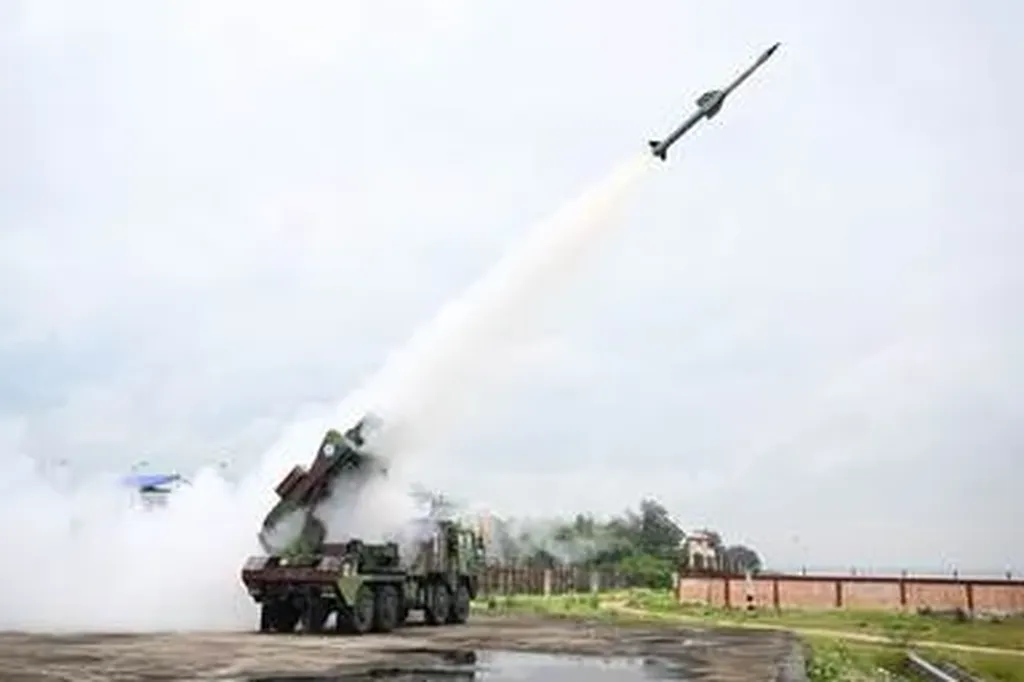Paras Defence and Space Technologies (Paras) has secured a significant contract from Bharat Electronics Limited (BEL) worth approximately Rs 45.32 crore (including taxes). The order, announced on Friday, involves the supply of Signal and Data Processing Systems and Multi-Sensor Fusion Systems, critical components for enhancing India’s air defence capabilities. Delivery of the systems is scheduled within 29 months or earlier.
“This order underscores our technological capabilities in delivering advanced defence solutions tailored to India’s strategic needs,” said Munjal Sharad Shah, Managing Director of Paras Defence & Space Technologies. “By working closely with BEL, we continue to contribute to strengthening the country’s air defence architecture.”
The contract highlights the growing importance of air defence in modern military technology, where multi-layered surveillance, rapid response mechanisms, and AI-driven sensor integration are becoming increasingly vital. As global security concerns escalate and the demand for indigenous systems rises, companies like Paras Defence are playing a pivotal role in developing self-reliant, state-of-the-art solutions.
The awarded systems, which combine signal processing with multi-sensor fusion, will significantly enhance India’s situational awareness, threat detection, and real-time decision-making capabilities. This advancement is crucial for bolstering the nation’s preparedness in complex air defence scenarios.
Paras Defence has consistently invested in building indigenous capabilities across defence electronics, optics, and critical engineering. With a growing portfolio of contracts in air defence, avionics, and electronic warfare systems, the company is solidifying its position as a key emerging solutions provider. This aligns with India’s mission to achieve greater self-reliance in defence technology.
The collaboration between Paras Defence and BEL exemplifies the strategic partnerships driving innovation in India’s defence sector. As the country continues to prioritise indigenous development, such collaborations are likely to shape the future of air defence technology, fostering a more resilient and technologically advanced military infrastructure.

